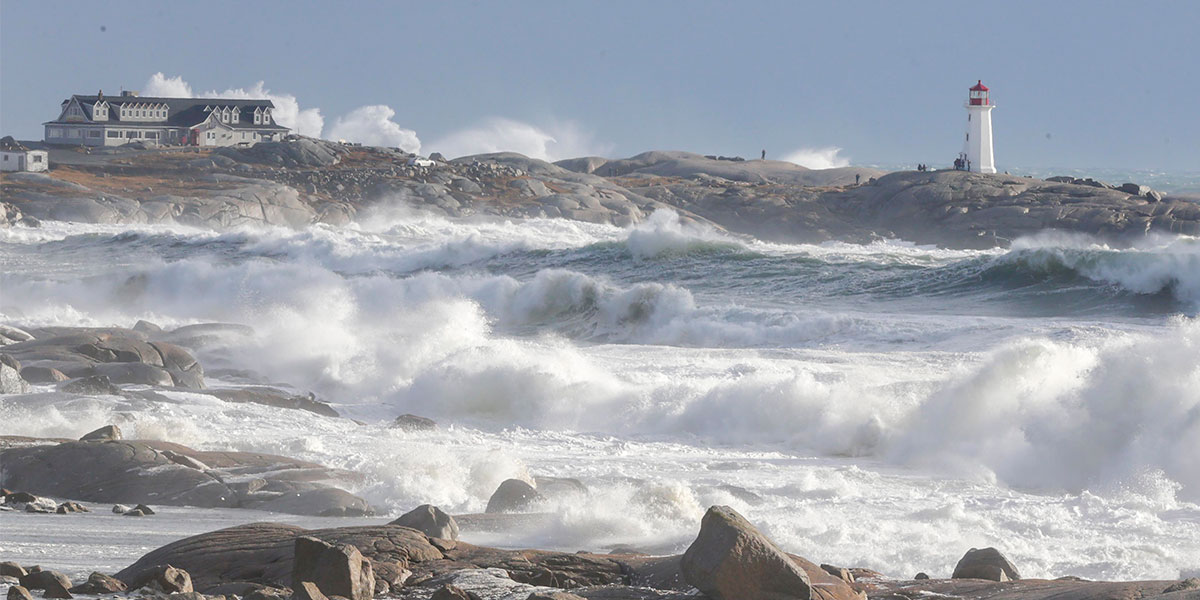From rising sea level to increased storm intensity, it is clear Nova Scotia's climate is changing. A provincial climate risk assessment was completed in 2022, and identifies regional climate change risks and impacts. To learn more, click Regional climate risk summaries | Climate Change Nova Scotia.
Select climate change impacts and what they may mean to the seafood and sportfishing sectors are summarized below. Visit the CLIMAtlantic website to learn more. CLIMAtlantic is a partnership between the Canadian Centre for Climate Services and all Atlantic Provincial Governments.
